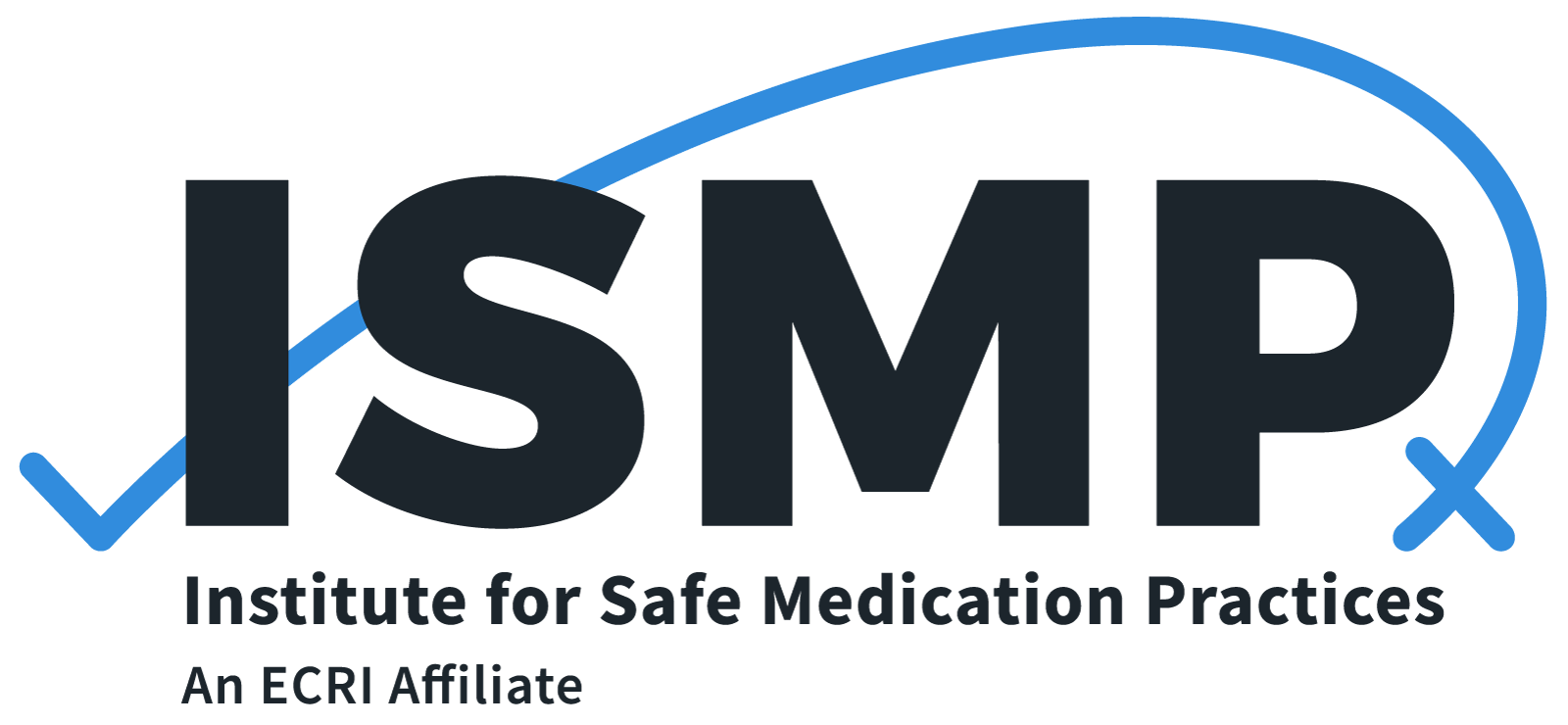High-alert medications are drugs that bear a heightened risk of causing significant patient harm when they are used in error. Although mistakes may or may not be more common with these drugs, the consequences of an error are clearly more devastating to patients.
Use ISMP's List of High-Alert Medications in Acute Care Settings to determine which medications in your organization require special safeguards to reduce the risk of errors and minimize harm. Strategies may include:
- Standardizing the ordering, storage, preparation, and administration of these medications
- Improving access to information about these drugs
- Limiting access to high-alert medications
- Using auxiliary labels and automated alerts
- Employing redundancies
How to cite: Institute for Safe Medication Practices (ISMP). ISMP List of High-Alert Medications in Acute Care Settings. ISMP; 2024.
Access this Free Resource
You must be logged in to view and download this document.
Not Yet Registered?
More Recommendations
This list includes abbreviations, symbols, and dose designations that have been frequently misinterpreted and involved in harmful or potentially harmful medication errors.
Also known as the Look-alike and sound-alike (LASA) list.
Drug name pairs or larger groupings that look similar utilize bolded uppercase letters to help draw attention to the dissimilarities in look-alike drug names.
